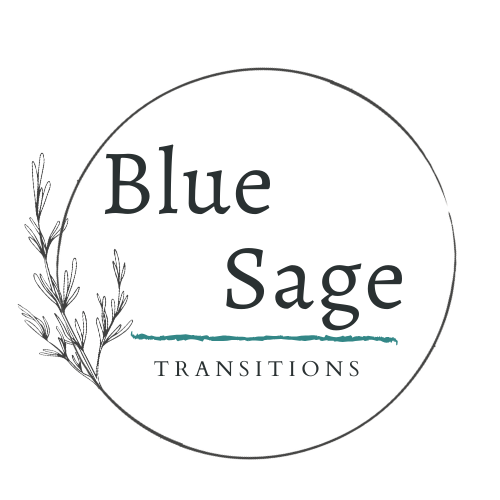Creating a connection is mandatory.
--Ron Kurtz, Pioneer of Hakomi
I happily return from my blogging hiatus, which was in part due to my participation in a sensorimotor psychotherapy (SP)* training. A key component of this introductory training was learning how to make contact statements with clients. I found inspiring the SP message that we must make contact with what matters most to facilitate growth. Making contact--creating connections--seems exactly like what we need to do at this time to heal not only the interpersonal wounds of our lives but also the more macro-level injuries, such as the institutionalized racism and violence in the United States that the recent grand jury acquittals have so rawly exposed. The latter claim may seem like a stretch, but I hope you will stick with me as I seek to link contact statements to broader social forces.

The pioneers of SP and authors of Trauma and the Body describe contact statements as "ways of contacting mental and emotional experience that demonstrate attunement without encouraging a thinking about action." They are short and uncomplicated (our trainer recommended they be three to six words) and help clients to become more aware of their present experience. Here are some of the contact statement examples provided by the authors:
"Seems like your body is tensing."
"Looks like a lot of emotion is coming up right now."
"Seems like these thoughts are confusing."
We deepen what we contact with such statements, which strip away wordy, abstract explanations of our experience. And with their tentative tone (e.g., using phrases like "seems like"), they highlight that the listener is the only one who can know their inner experience and create an opportunity for revision when we, the speaker, mistake one thing for another, such as contacting anger rather than grief.
Since the SP training, I've been thinking about how the use of contact statements could transform romantic and familial relationships, media interviews, and dialogues about difficult topics. Can you imagine what might happen if even for one day we stopped interrogating each other and instead sought to contact the other's experience?
I believe an important outcome of such a social experiment would be the realization that searching for causes before we understand how phenomena impact us is misguided. Too often "why" questions sound like skeptical criticism that invalidate our immediate experience. That is my rationale for recommending that struggling couples try to ban why questions from their conversations. I invite you to track your response to each of the following statements to support the assertion that why questions frequently spur defensiveness and/or withdrawal from the interaction.
"Seems like you are feeling a lot of pain."
"Why are you so upset!?"
Understanding the history and origins of problems is important. Certainly. But if our inquiries stay in the realm of analysis and critique, we do not contact the human aspects of our lived experience. We do not connect. Contact statements, in contrast, cut to the heart of things. As Jennifer DeLucy said, “It makes me sad that so many people feel they're only allowed to show their best face, while their humanity and vulnerabilities are forbidden and hidden. How else do we connect, but by commonality, by mutual understanding and truth in life's experiences? Whether it makes you smile or cringe, a truth spoken is a healing thing.”
Already my own life has been transformed by the simple instruction to make more contact statements. I have become more aware of how often I am explaining, defending, or justifying something rather than attuning to what is actually going on, within me and in others. As I watch, read, and listen to the the facts and fictions of Michael Brown and Eric Garner's deaths and the aftermath of those deaths, I am drawn to the statements that generate and sustain connection. Given poetry's ability to humanize words, I want to close with Jason McCall's "Roll Call for Michael Brown," as it contains many opportunities to make contact.
It will happen,an honest mistakein a hot August classroom.Someone will blinkat the name and swear this“Michael Brown” can’t bethat “Michael Brown.” Or someonewill be too busy with her head downfinishing syllabi to look up and see the flashgrenades and teargas. Someone will be runninglate, his mind on the copsthat will probably ticket himfor not having a permit.Someone won’t see why a nameis such a big deal. Someone willread his name like the next item on a listof groceries and move to the next studentbefore the first groan rumblesthrough the stale Missouri air.Someone will start to speakhis name and then cover his mouthlike a Roman priest closing Janus’s doorand praying all the violence of the world will stopshort of his porch. Someone will ask,“Michael Brown? Is Michael Brown here?”and we will all have to answer.
* The Sensorimotor Psychotherapy Institute describes sensorimotor psychotherapy as follows: "Sensorimotor Psychotherapy® (SP), founded by Dr. Pat Ogden, is a body-oriented talking therapy that integrates verbal techniques with body-centered interventions in the treatment of trauma, attachment, and developmental issues, incorporating theory and technique from psychodynamic psychotherapy, cognitive-behavioral therapy, neuroscience, and theories of attachment and dissociation."
